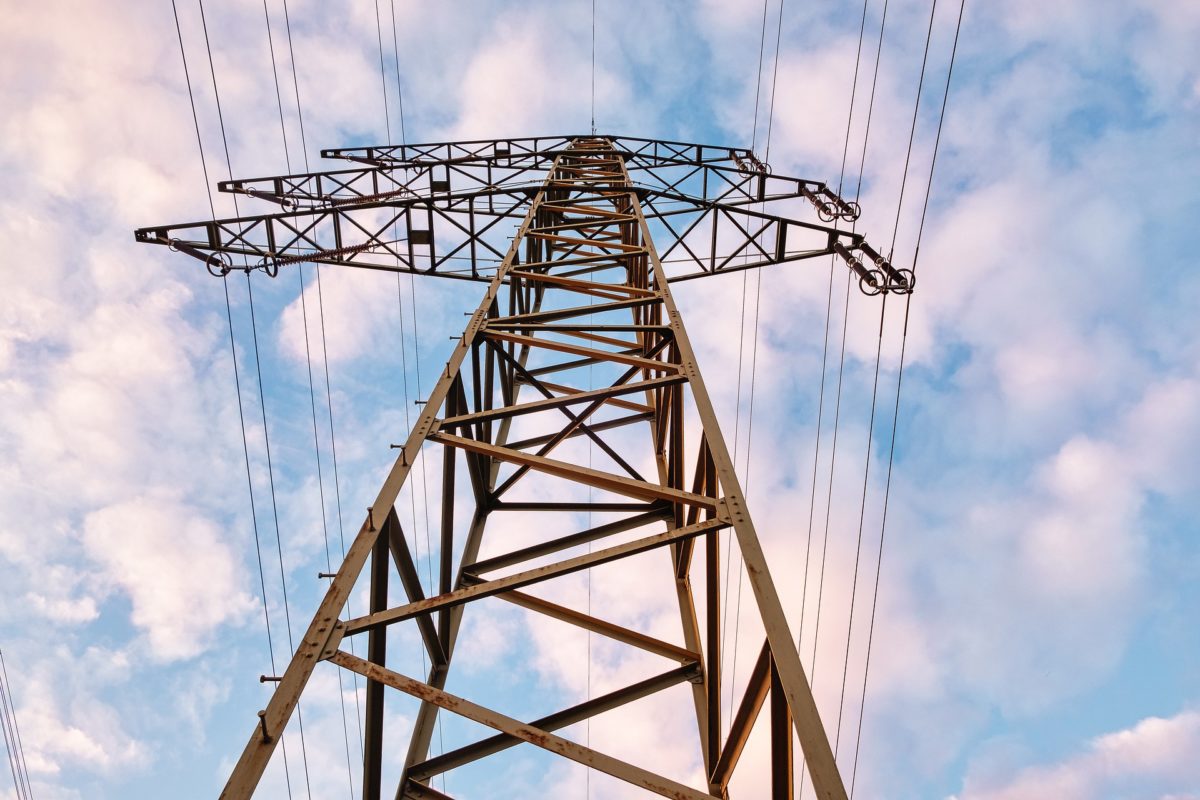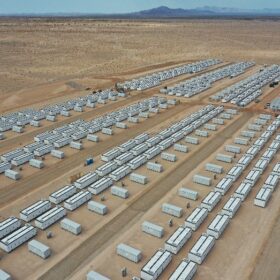The PJM grid operator’s “very slow” pace of interconnecting new generating capacity in recent years will cost consumers “as much as $7 billion” in the coming year, due to higher prices in PJM’s latest capacity auction, says a report by the consultancy Grid Strategies prepared for Advanced Energy United. The $7 billion figure is in comparison to a scenario in which PJM had “employed proactive planning and implemented simplified interconnection process reforms years ago.”
A capacity auction is designed to ensure that sufficient generating capacity is available to meet peak demand. PJM serves 65 million customers between Chicago and New Jersey.
When the amount of capacity bid into PJM’s annual auction declined in the latest auction and the projected peak load increased, “prices rose as one would expect,” said the report “Penny-wise and pound foolish.”
The cost to consumers of PJM’s capacity auction commitments for the coming year is $14.7 billion, “up $12.5 billion from the previous auction’s $2.2 billion price tag.”
Had PJM used “a faster, simpler process to connect just 15% of the proposed generation currently in its queue, it likely would have yielded more than the approximately 10 GW in accredited capacity needed” to bring auction costs in line with historical norms.
Solar, wind, storage and hybrid generating projects totaling 225 GW awaited interconnection in PJM’s queue as of the end of 2023, but only about 10 GW of generation was placed in service in the PJM region from January 2022 through September 2024, the report said.
“PJM is part-way through a multi-year transition to a reformed interconnection process, but, even when implemented, that process may not prove significantly more efficient,” the report said. “The result is that developers who have lined up in huge numbers to respond to the changing supply/demand dynamics in PJM are still waiting to bring their projects online.”
Customer bills are expected to increase as much as 24% in parts of the PJM region due to the increase in capacity prices, says the report, citing a publication by the Maryland Office of People’s Counsel.
PJM’s current interconnection process is “penny wise” because “it identifies exactly which projects are cost causers for which network upgrades, assigning costs with a deliberate—and very slow—precision. But it is also ‘pound foolish’” because “it almost certainly fails to result in the most cost-effective outcomes—both because it delays bringing needed new generation online and because it results in a piecemeal buildout of the transmission grid,” rather than a buildout based on comprehensive transmission planning.
The issue of PJM’s “exorbitant price tag” is “fundamental,” the report said, as PJM has forecast significant load growth in coming years and has numerous retirements scheduled. “In the absence of interconnection and transmission reform, high prices will persist,” and other grid regions around the country should also “expect to face similar repercussions” without those reforms.
The report calls on regional policymakers and the Federal Energy Regulatory Commission to “prioritize speedier and simpler interconnection” to manage rising consumer prices.
PJM’s response:
In response to the report, a PJM spokesperson commented:
- “The report cites a number of factors that its authors have been actively engaged in influencing. Advanced Energy United, for example, consistently advocated against requiring renewable resources to take part in the capacity auction, and they continued to oppose PJM’s successful petition to end that exemption, which FERC recently approved. We look forward to the full participation of these resources in the next auction and the downward impact on prices that comes with additional reliable capacity.”
- “The report also returns to the flawed narrative that PJM is to blame for the slow pace of adding new generation, when approximately 50,000 MW in mostly renewable projects have cleared PJM’s process but are not coming online with the pace needed to replace retiring resources and to meet growing demand.”
- “PJM continues to pursue additional streamlining of the interconnection process, in addition to its recent proposals to speed the entry of new generation resources and to expand the participation of existing resources.”
This article was amended on February 27, 2025 to include PJM’s response.
This content is protected by copyright and may not be reused. If you want to cooperate with us and would like to reuse some of our content, please contact: editors@pv-magazine.com.








By submitting this form you agree to pv magazine using your data for the purposes of publishing your comment.
Your personal data will only be disclosed or otherwise transmitted to third parties for the purposes of spam filtering or if this is necessary for technical maintenance of the website. Any other transfer to third parties will not take place unless this is justified on the basis of applicable data protection regulations or if pv magazine is legally obliged to do so.
You may revoke this consent at any time with effect for the future, in which case your personal data will be deleted immediately. Otherwise, your data will be deleted if pv magazine has processed your request or the purpose of data storage is fulfilled.
Further information on data privacy can be found in our Data Protection Policy.